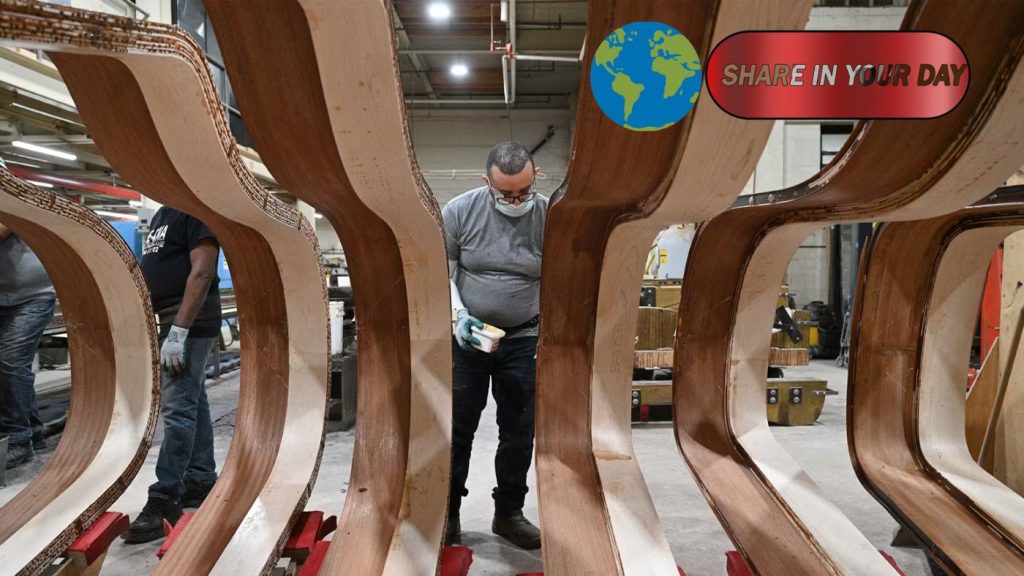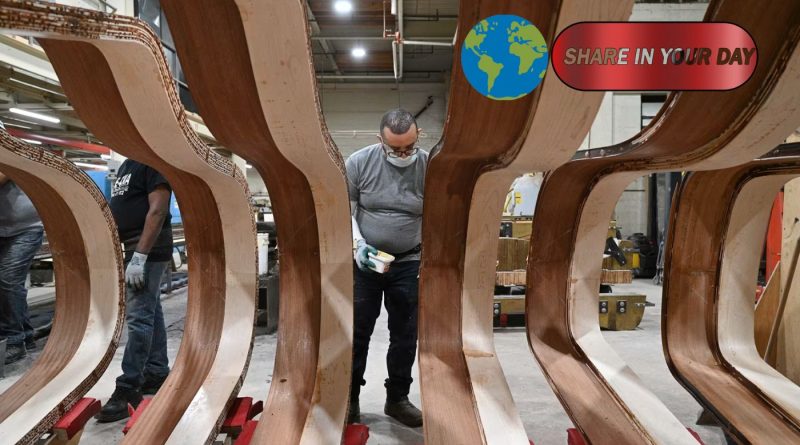How Steinway & Sons Is Keeping U.S. Piano Manufacturing Alive Amid a Trade Storm
Astoria (Queens), New York, October 18, 2025 – In a quiet corner of Queens, the legacy factory of the 150‑year‑old piano maker Steinway & Sons hums with the measured sounds of skilled craftsmanship: barn‑sized wood bending machines, circular sanders and hand‑notched bridges for grand piano strings.

This factory stands out against the wider backdrop of U.S. manufacturing, which has felt the strain of high costs, regulation and trade upheavals under the administration of President Donald Trump. Tariffs on raw materials and uncertainty in global supply chains have squeezed many American factories — yet Steinway has persevered.
A niche business model thrives
While much of American manufacturing competes on price and volume, Steinway has chosen a different path. With around 200 artisans working at the Queens site, each piano takes about eleven months from start to finish — and only four to five instruments are completed each day.
That slow, precision‑driven process lets Steinway target the premium end of the piano market — instruments priced from around US $90,000 to as much as US $200,000. Because of this niche focus, the company says it is able to bear U.S. manufacturing costs — a feat few mid‑tier manufacturers can pull off.
Ben Steiner, the company’s CEO, told CNN that “unless you’re focused on quality and innovation, you’re not going to survive” in the U.S. manufacturing environment.
Costs and tariffs — but not as severe as many
Much of the domestic manufacturing sector has felt the stings of tariffs on steel, aluminium and copper — key inputs that can raise costs significantly. Analysts say this policy approach has created uncertainty and discouraged investment and hiring.
In Steinway’s case, the CEO says the impact of tariffs has been modest, because the company sources many of its components domestically and operates on a premium‑price model. “There’s minor impacts in certain materials … but because we manufacture in the United States, it’s not a major issue for us.”
Still, the company underscores that manufacturing in New York City remains “not easy” and that a skilled workforce and rare materials (notably Sitka spruce from Alaska) are critical constraints.
The broader manufacturing picture remains dim
Even as Steinway carves out a niche, the larger U.S. manufacturing sector isn’t enjoying the same upside. The article notes that the U.S. shed 12,000 manufacturing jobs in August — marking the fourth straight month of losses — with about 42,000 jobs lost since April.
Economists point to the trade agenda as a barrier: businesses facing tariff risk and uncertain global rules are postponing investment and hiring. The broader manufacturing revival that President Trump has pledged remains elusive.
Why Steinway survives — and what it signals
Steinway’s story highlights several factors that allow U.S. manufacturing to persist in certain niches:
- A high‑value product where craftsmanship and brand premium matter more than scale and ultra‑low cost.
- Domestic sourcing of inputs where feasible, reducing reliance on global supply disruptions and tariffs.
- A specialized workforce and training pipeline that preserves skills uncommon in mass production models.
Yet these conditions are rare. For most manufacturers that must compete globally and rely on low‑cost labour or scale, the headwinds are significant.
What this means for policy and business
For policymakers hoping to revive U.S. manufacturing, the Steinway case suggests the strategy must be more nuanced than broad tariffs or reshoring incentives. Quality‑driven, niche manufacturing can succeed — but the mass manufacturing of yesterday’s era won’t simply return without deep structural changes (labour, capital, materials, innovation).
For business leaders, the message is that competing on price alone is increasingly risky. Innovation, brand strength and internal supply resilience are becoming more critical.
Looking ahead
While Steinway continues to build grand pianos in Queens, the factory remains an outlier rather than the rule. The manufacturing future in the U.S. may be shaped less by large‑scale assembly lines and more by smaller, skilled operations focused on value rather than volume. Whether that constitutes “a manufacturing renaissance” remains to be seen.
By [Your Name], [Your Publication/Brand]
Published: October 18, 2025
If you like, I can add a timeline box of Steinway’s history and link it to broader U.S. manufacturing job trends. Would you like that?




